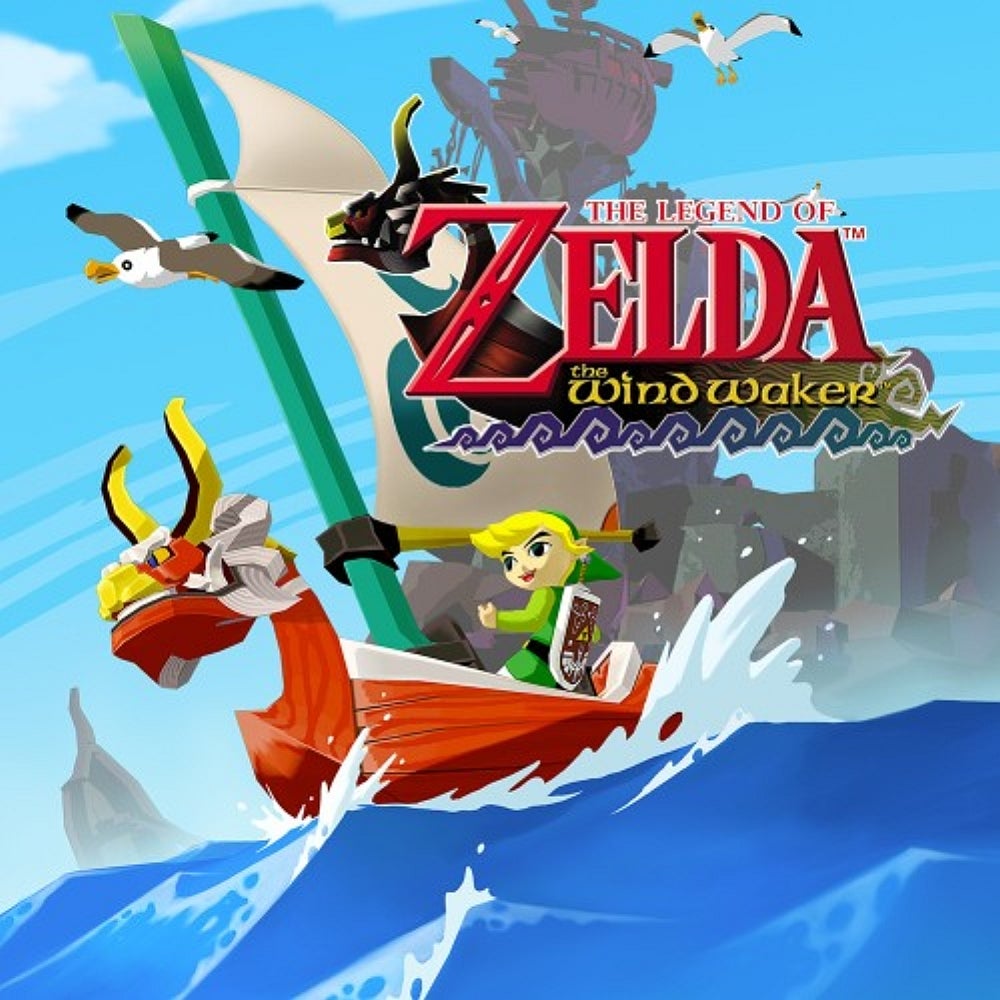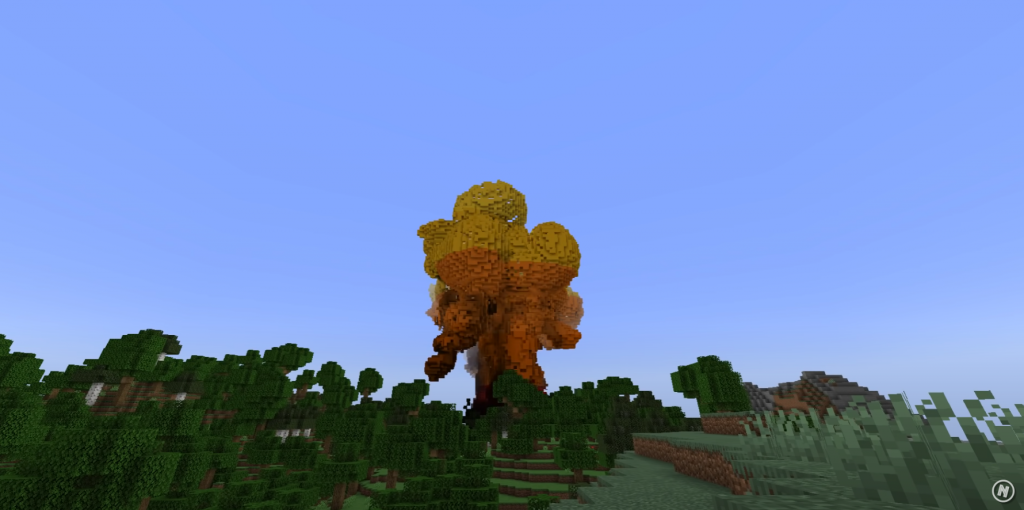I am inspired by the software used to create the water in Moana, my favorite Disney movie. The water is animated in an incredibly realistic way, causing viewers to feel Moana’s longing for the ocean. Disney’s software team created a program called Splash, which works in tandem with a 3D animation software called Houdini (third party software) in order to show how water reacts to different settings and objects. The creators were inspired by the largely unrealistic looking water in The Little Mermaid, wanting to animate water in a more detailed way than they had before. The effects lead, Ramos, said the team spent over a year and a half working on getting the water to match the Pacific Ocean, where the film is set.
https://www.youtube.com/watch?v=cPAbx5kgCJo
Animated by Ron Clements and Jon Musker
LaFrance, Adrienne. “The Algorithms behind Moana’s Gorgeously Animated Ocean.” The Atlantic, Atlantic Media Company, 6 June 2018, https://www.theatlantic.com/technology/archive/2017/05/the-algorithms-behind-moanas-gorgeously-animated-pacific-ocean/528645/.
Category: SectionE
LO 1: My Inspiration
1: The project that I admire a lot is an architecture project called The Morpheus Hotel. Its logic of generating the building and using computer science to help create the building shape is very interesting.
2: Zaha Hadid Architects and Front Architecture created this project. The project started in 2017 and finished designing in 2018.
3: I’m not very sure about the software they are using, but BIM technology is the main technology they used to generate the building shape.
4: Zaha Hadid is an architect that’s famous for creating nature-inspired and organic buildings. The Morpheus Hotel has corridors connecting the middle part of the building, which looks very organic and imaginative, so I think Zaha might get the inspiration from trees in nature, water, and stuff like that.
5: This project points out a way for Architecture to collaborate with computer science, and it creates a lot of possibilities for architecture to be more organic, has more dramatic shapes, and look more unique.
6: link to text here.
LO: My Inspiration
Video games have always fascinated me. It is a testament to their function as an art form when people such as myself can derive enjoyment from titles in the medium without having ever played them. One in particular, The Legend of Zelda: The Wind Waker, has been a dream of mine to play. I am enamored by its aesthetics and by what I imagine its gameplay to be. The game was developed by Nintendo in the span of about two and a half years using a custom game engine. It was an artistic departure from previous entries in the series, utilizing a technique known as cell shading on its 3D models in order to give the game the appearance of a cartoon. This was initially a very controversial decision, but the game is now a beloved title for how well its graphics have stood the test of time. It goes to show the importance of strong, intentional art direction above pure realism in game design.

LO: My Inspiration

The project I’d like to talk about is Supergiant Games’ Hades, a video game where you play as Zagreus, Prince of the Underworld, on a quest to battle his way out of the Underworld and meet his mother. It was named the 2020 Game of the Year, and is a rogue-like dungeon crawler meaning principally 2 things: 1. Progress is reset when you die, 2. Each run is different because the sequence of rooms you go through is randomized.
Rogue-likes are notorious for being mechanically difficult and requiring alot of repetition to master and ultimately enjoy. Despite this, Supergiant managed to implement a rather sophisticated and intricate dialogue tier system a involving a cast of 29 characters and 20000 unique lines of voiced dialogue. The integrated storytelling, beautiful art style, atmospheric soundtrack, combined with the baseline permanent progression and customizable build systems, bolster the games’ replayability such that even 2 years later people are still playing and producing content centered around Hades’.
The development time for Hades was 3 years, which is standard for the video game industry. Supergiant is a small independent indie game company based in San Francisco, comprised of around 20 people.
The thing that is astounding about the Supergiant team is that they do not ‘crunch’, or undergo compulsory overtime during game development, which is another industry standard. Their approach to project management and internal team relations are well planned out, flexible and healthy, resulting in a high employee retention rate, which is incredibly rare.
Almost all notable assets are either custom or created in-house, from the art to the music to even the game engine which is based on the Microsoft XNA framework, written in C# and was rewritten for better game performance and cross platform support during the development of Hades.
Hades is described as “a reaction to Pyre, which was a reaction to Transistor, which was a reaction to Bastion”, all of which are the studio’s previous games and inform different aspects of the game, from overall workflow and anti-burnout failsafes, to the top-down isometric camera position, to the idea of continuing narration and story across multiple attempts, to offering different abilities.
Given the way the team approaches games and game design, the next game Supergiant will release will develop on the themes, mechanics and storytelling devices explored in Hades and their previous projects, such as dungeon-crawlers and procedural room generation, or non-linear storytelling. Which one exactly that will be, is difficult to say, as Supergiant have yet to release any details on their blog.
Authors: Supergiant Games (Amir Rao, Gavin Simon, Darren Korb, Jen Zee, Greg Kasavin, Andrew Wang, Logan Cunningham, Josh Barnett, John-Paul Gabler, Dexter Friedman, Eduardo Gorinstein, Alice Lai, Joanne Tran, Caitlin Sales, Will Turnbull, Nikola Sobajic, Devansh Maheshwari, James Auck, Allison Rassmann, Ellis Powell, Morgane Malville, Craig Harris)
References:
https://www.supergiantgames.com/blog/hades-faq
https://gamerant.com/hades-developer-infographic-dialogue-breakdown/https://kotaku.com/the-secret-to-the-success-of-bastion-pyre-and-hades-1838082618
https://gamerant.com/hades-developer-supergiant-games-upcoming-projects-long-wait/
https://kotaku.com/the-secret-to-the-success-of-bastion-pyre-and-hades-1838082618
3D animation in Minecraft
This summer, I watched a YouTube video about creating animation inside Minecraft. Usually, when making Minecraft animations, people can make it inside Minecraft by recording interactions between players. Or they make it in 3D animation software like Blender or C4D. However, the author introduced a new method by combining the previous two. He first made an animation in Blender. Then he converted the objects into voxels (pixels in 3D), so Minecraft could recognize them. Finally, the voxels were imported into Minecraft frame by frame, where he took screenshots of each frame. The author used python to write the plugins for converting and importing objects.

This project opens up a new creative approach to creating more challenging animations like explosions and fluid simulations inside Minecraft that can only be made in professional 3D software. I admire this project as it combines two software in a completely new way and provides new inspirations for 3D animators. Besides, the author developed genius solutions in converting smooth objects into voxels and assigning Minecraft texture for each voxel according to its color. His way of analyzing and troubleshooting the problem is what I can learn from.
LO: My Inspiration
I like the interactive art exhibit for Claude Monet that I once visited. It was designed by Associate Director of Exhibits Jordyn Melino. It took several months to put together. I believe the project took custom software because it involves the use of motion detectors to set off different sounds and images as one goes through the exhibit. The different sounds are supposed to make you believe that you are outside Monet’s studio hearing him paint. The images that show up as one walks around are his paintings and other images of materials and other things depending on what buttons you touch or things that you walk past. I believe this project is inspired by Claude Monet’s artworks and other interactive art exhibits. Possibly even the ones in children’s museums that involve even more sense. This project points to more interactive art exhibits in the future. Possibly involving even more sense next time.
LO1: My Inspiration
During my entire high school, I was extremely interested in illustration and design and had been searching for art school vlogs when I came across a software tech program in the Rhode Island School of Design. The specific Youtube video I was watching was of Tiffany Weng, an illustration major student in the school and had been developing a project dealing with baby heart monitors. I had always admired her work since her illustrations had her unique and cohesive style and she often incorporated product design into her illustrations.
This was the first time I was exposed to computational aspects in the field of design. The prompt of the project was to design and make a project that had to deal with some sort of computer programming. Tiffany had programmed and built a baby heart monitor so that if a baby’s heart rate passes a certain frequency, the lights will light the monitor up. Even though it was created in an introductory course to software technology during wintersession and dealt mostly with basic programming, I was intrigued by the completion of the project and the final results.
After the programming portion of the project was completed, she then moved on to designing the execution, which were first harnesses that later evolved into adjustable anklets for babies to wear. She designed several variations of the anklets in cute animal packaging and integrated the monitor in a way that allowed the animal ears to light up then the heart beat became a dangerous frequency.
I think that overall, to high school me who knew nothing about computers and programming, this shifted my view of art and design from purely aesthetics and narrative to production and invention, and ultimately steered me into the path of architecture.
![[OLD SEMESTER] 15-104 • Introduction to Computing for Creative Practice](https://courses.ideate.cmu.edu/15-104/f2022/wp-content/uploads/2023/09/stop-banner.png)

